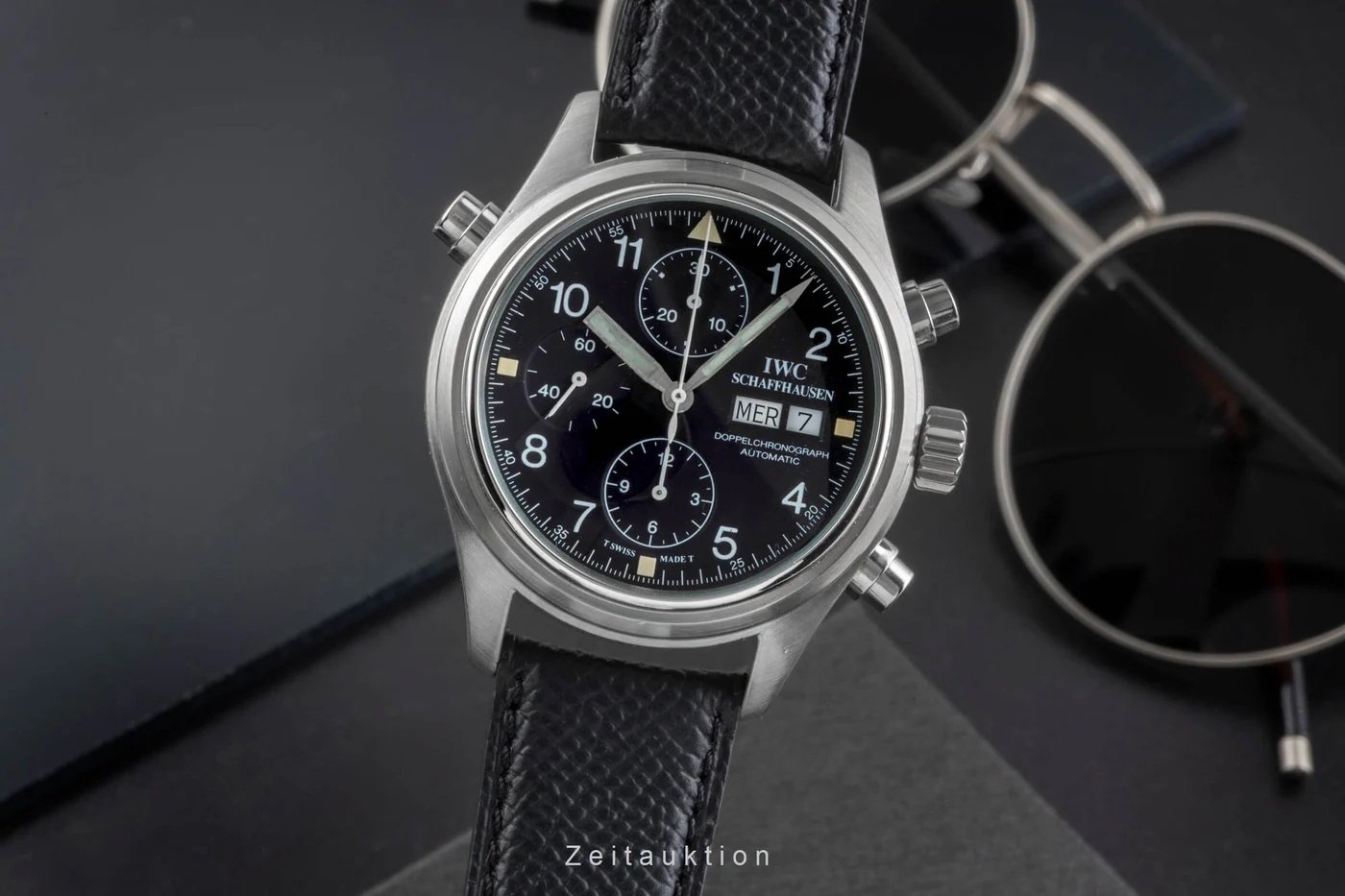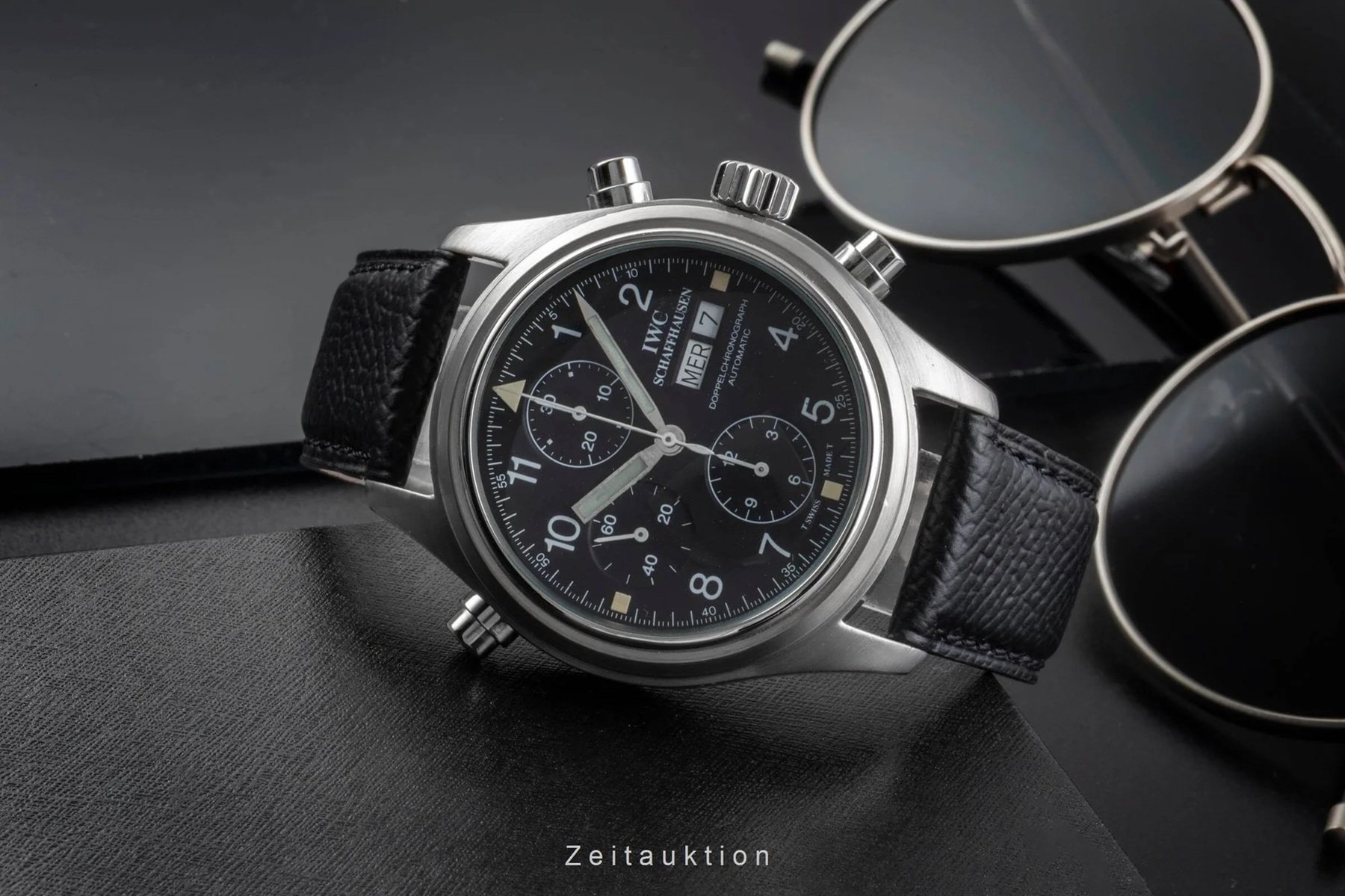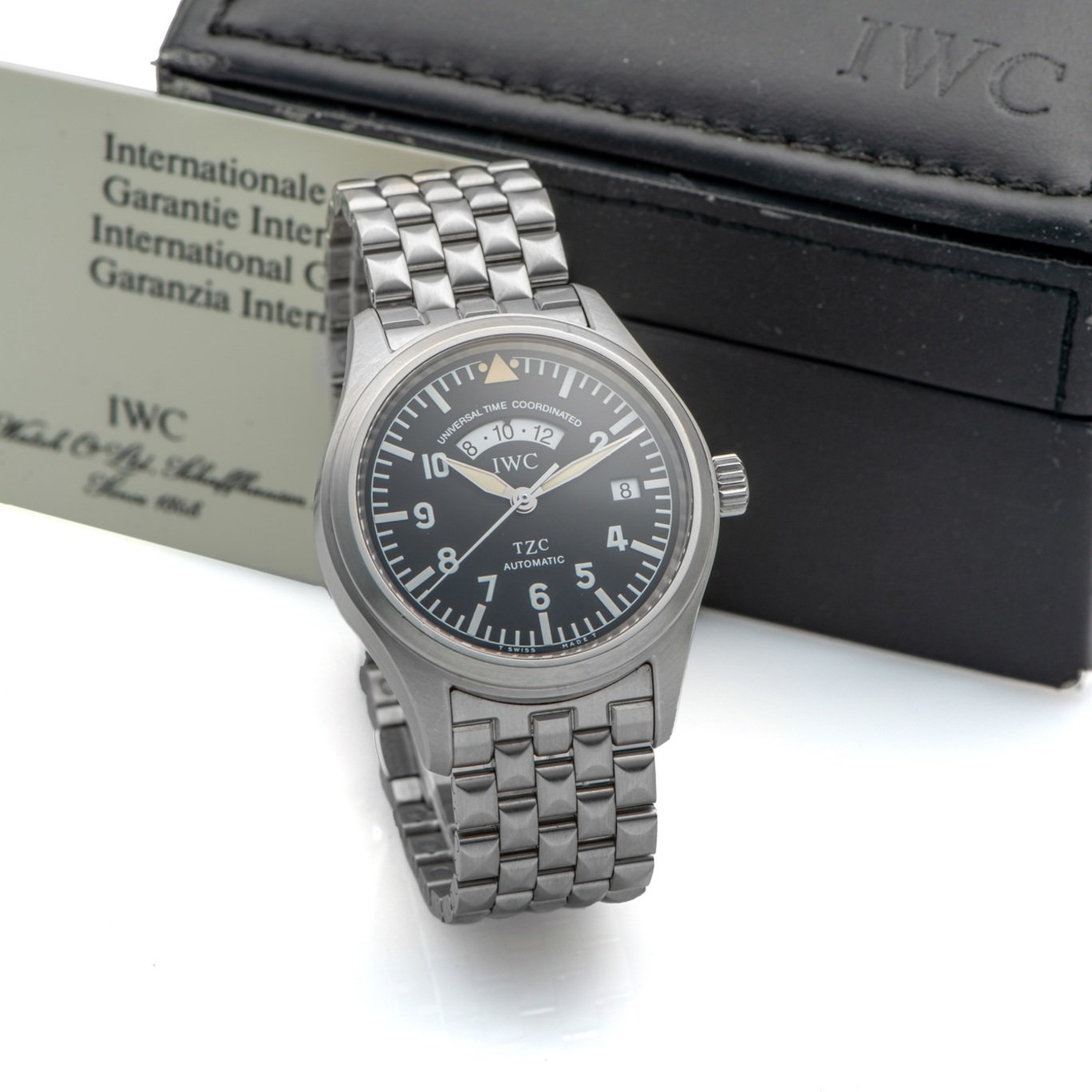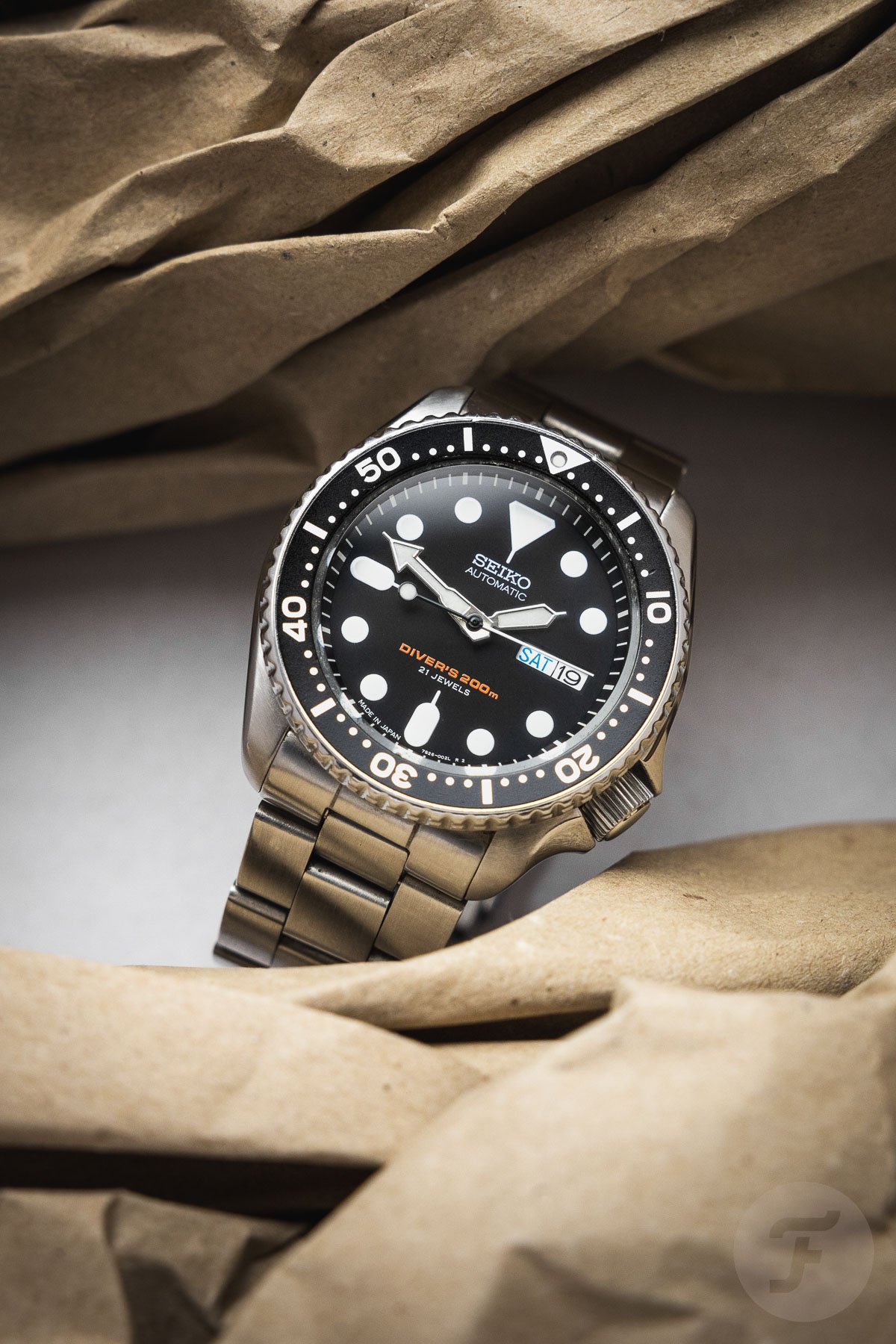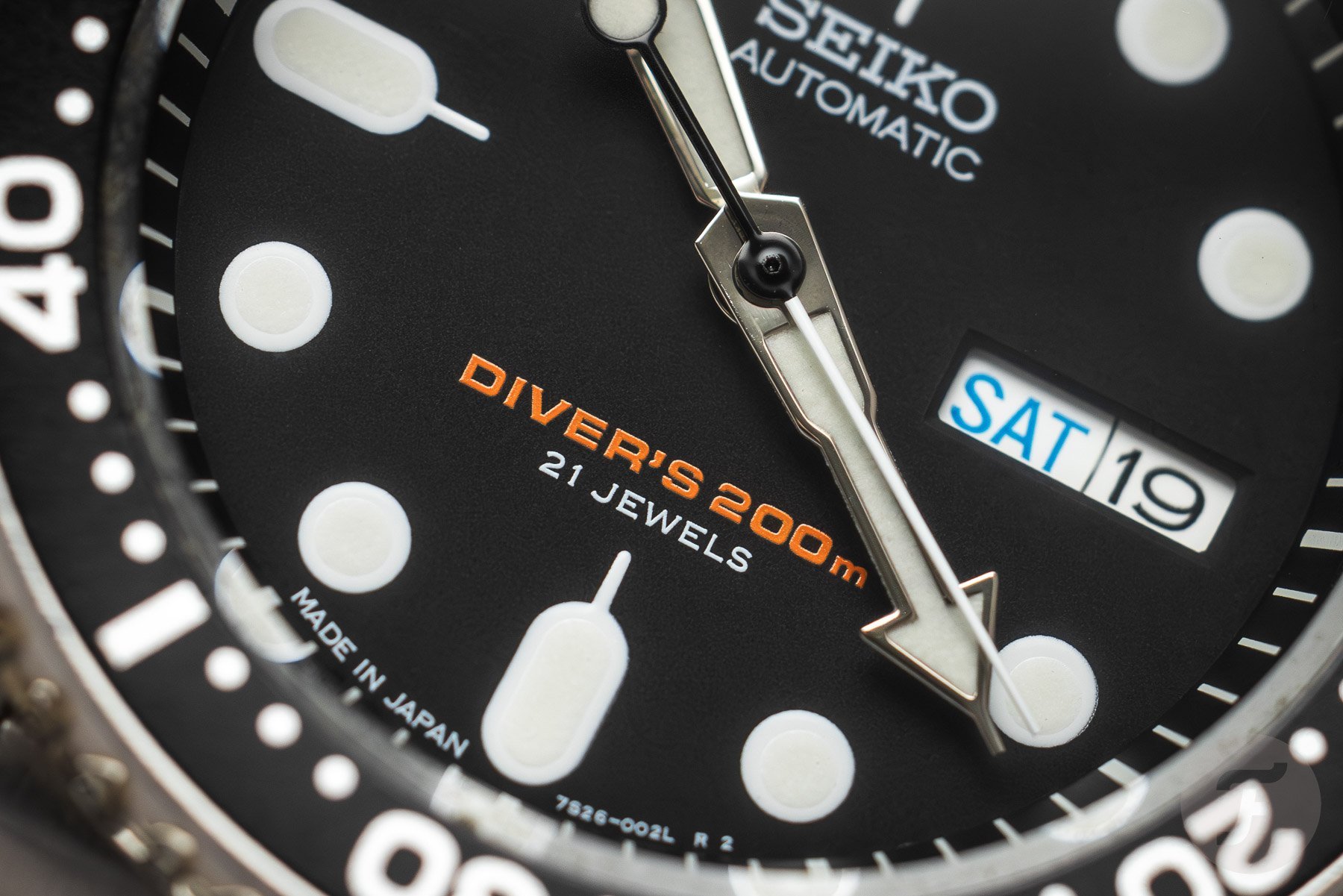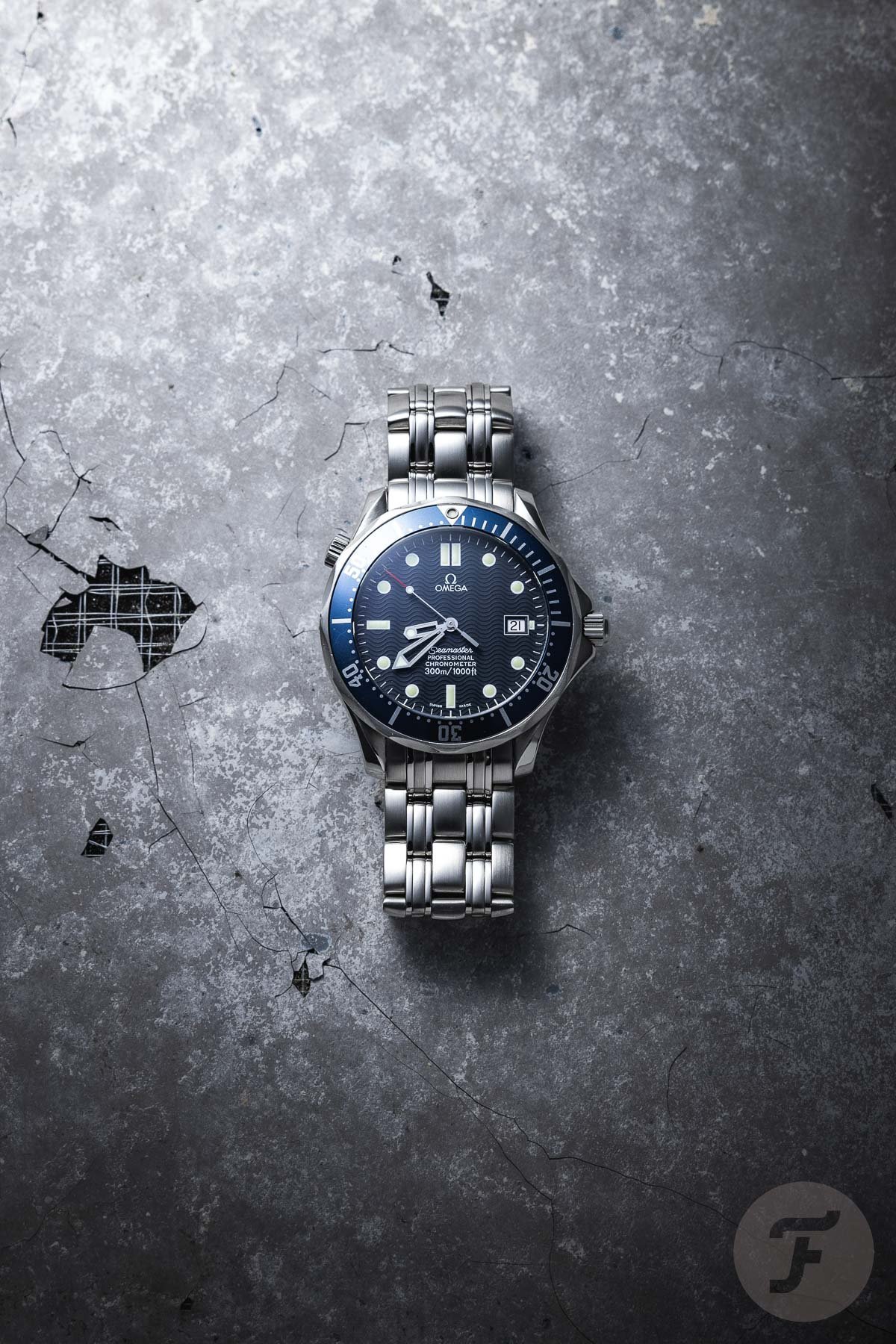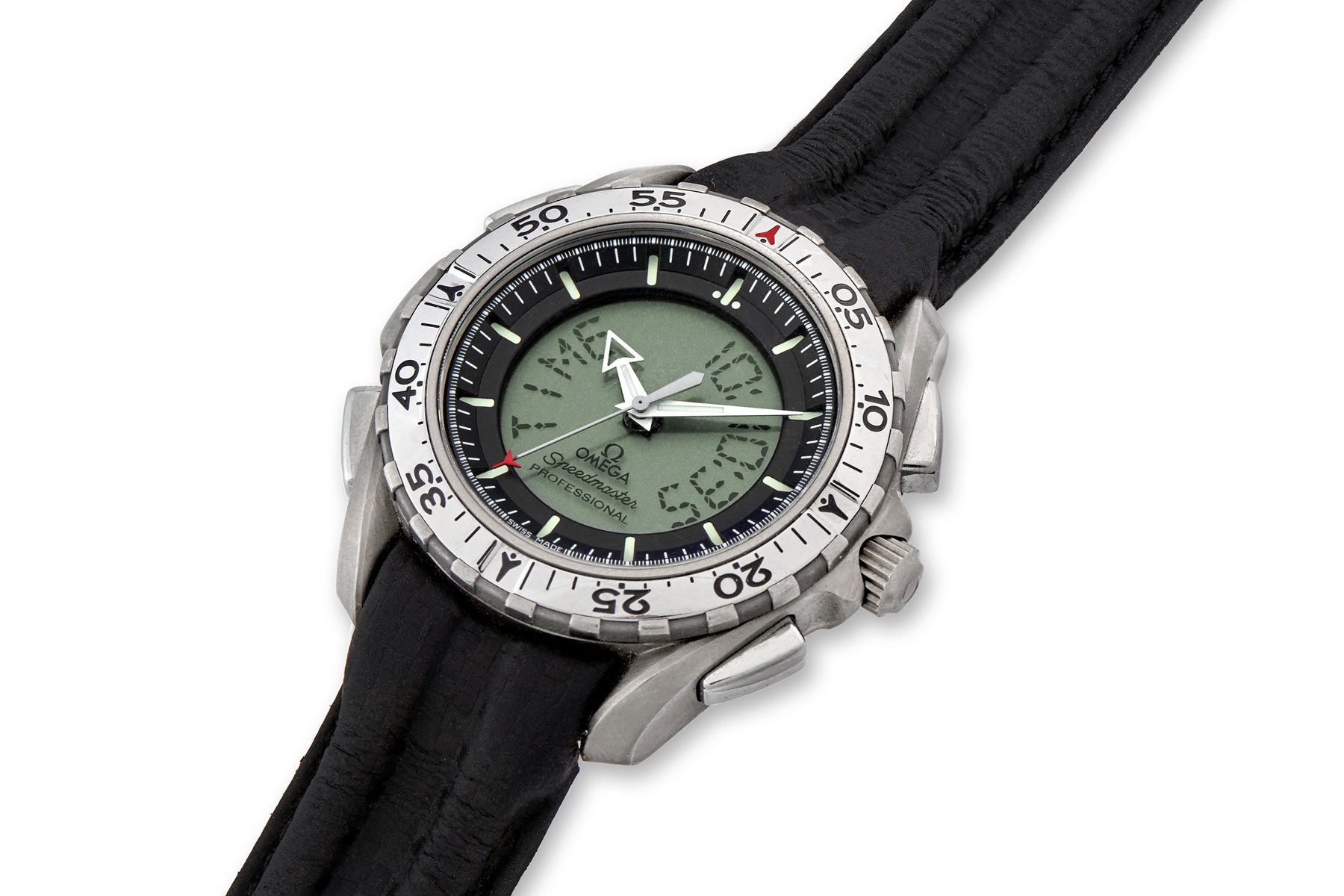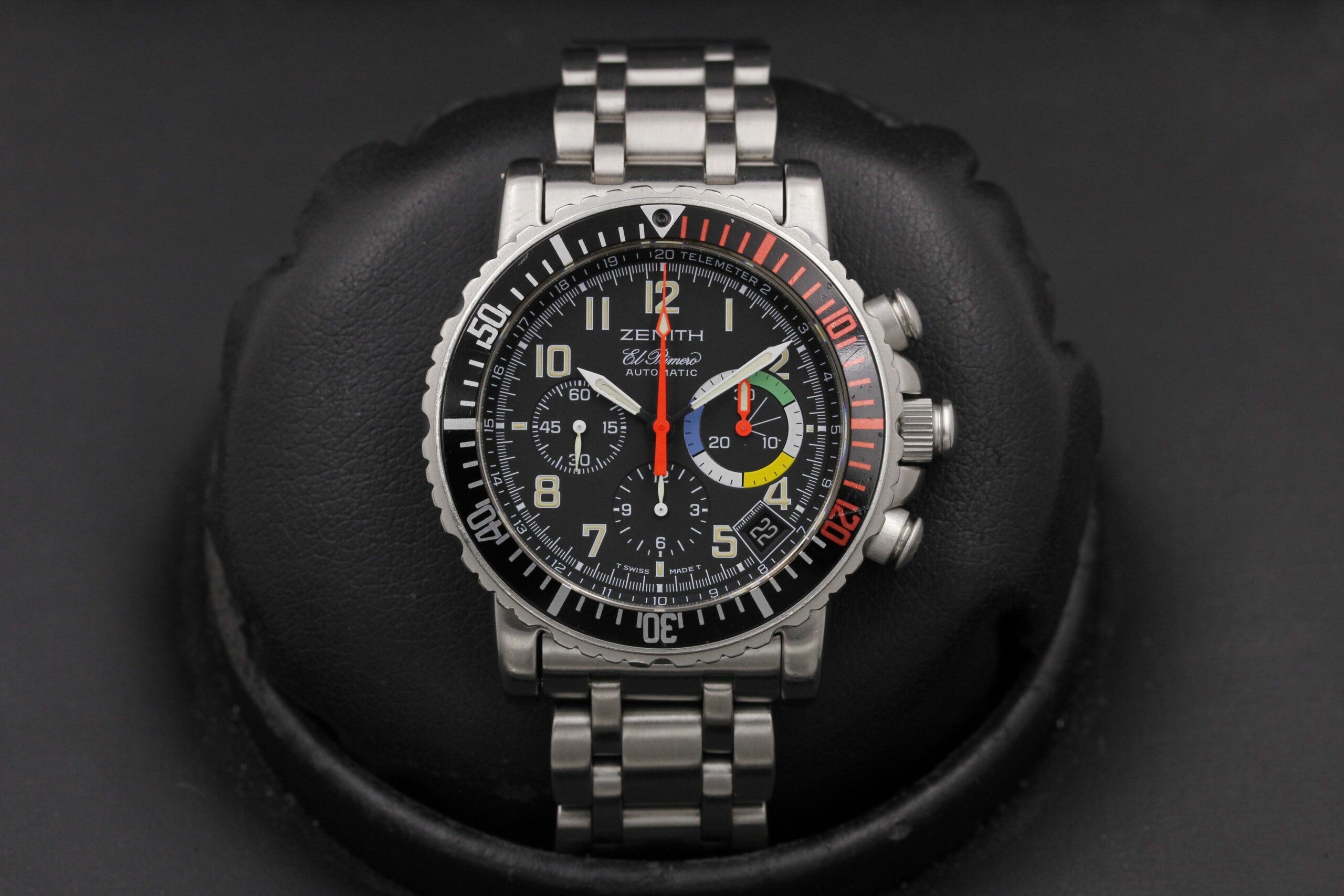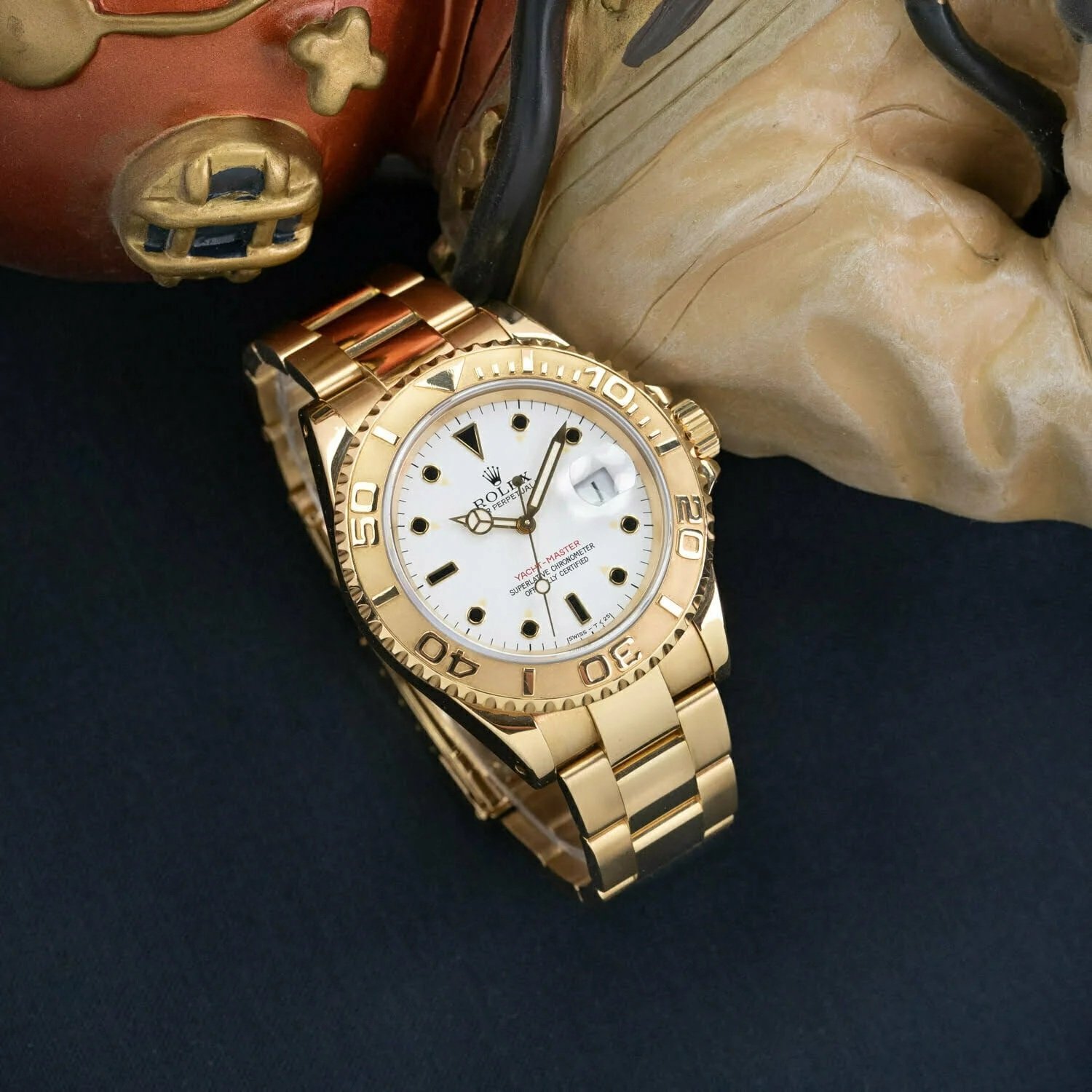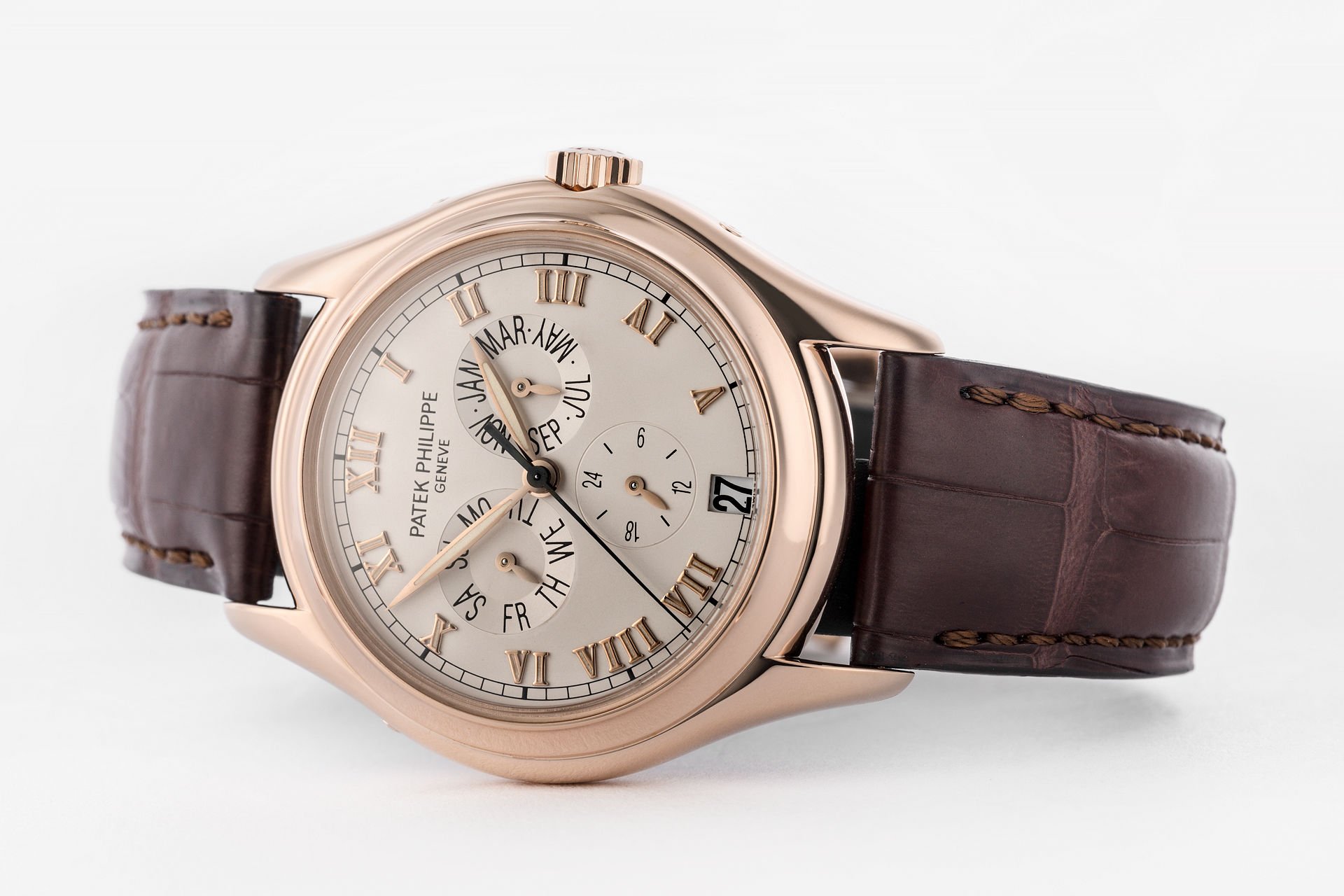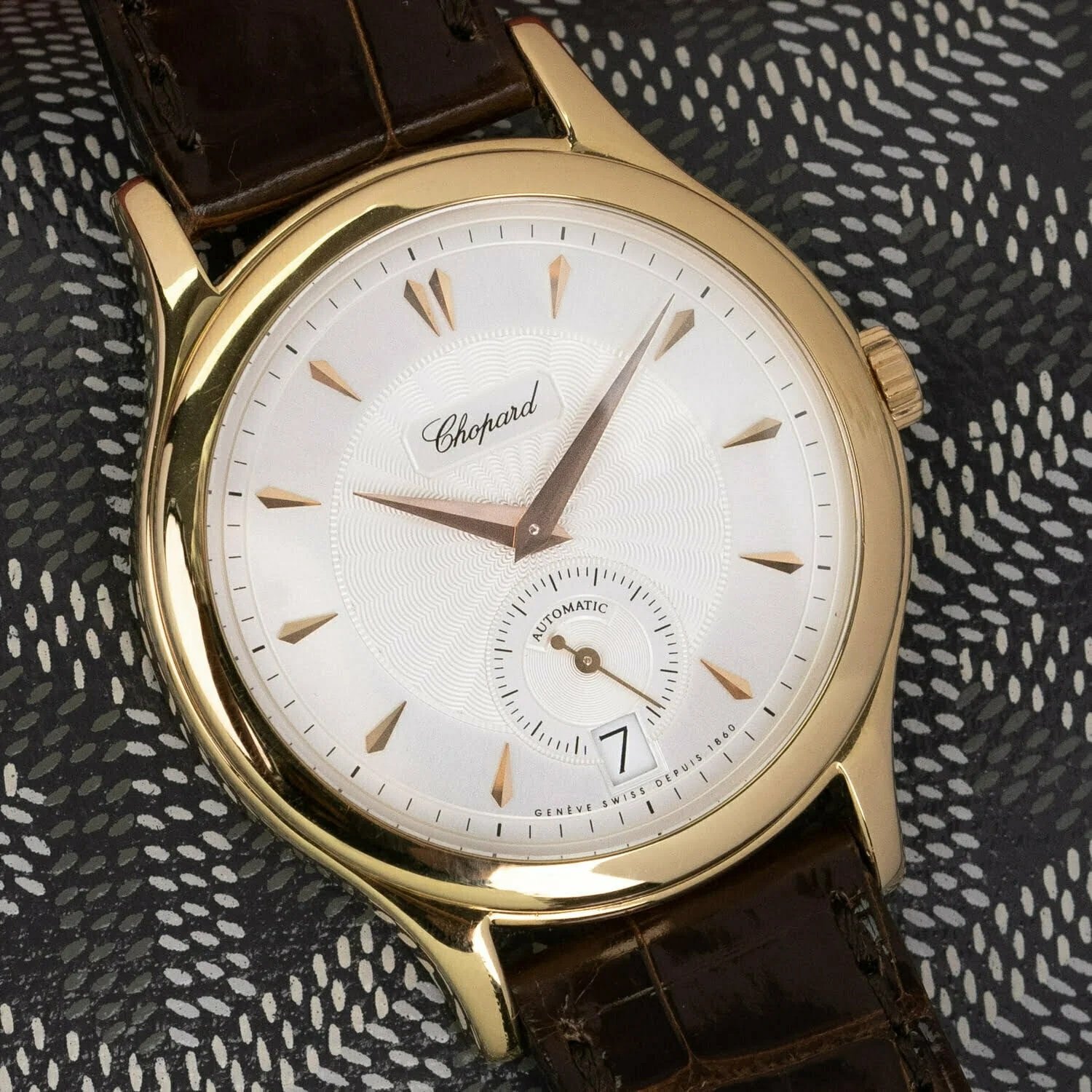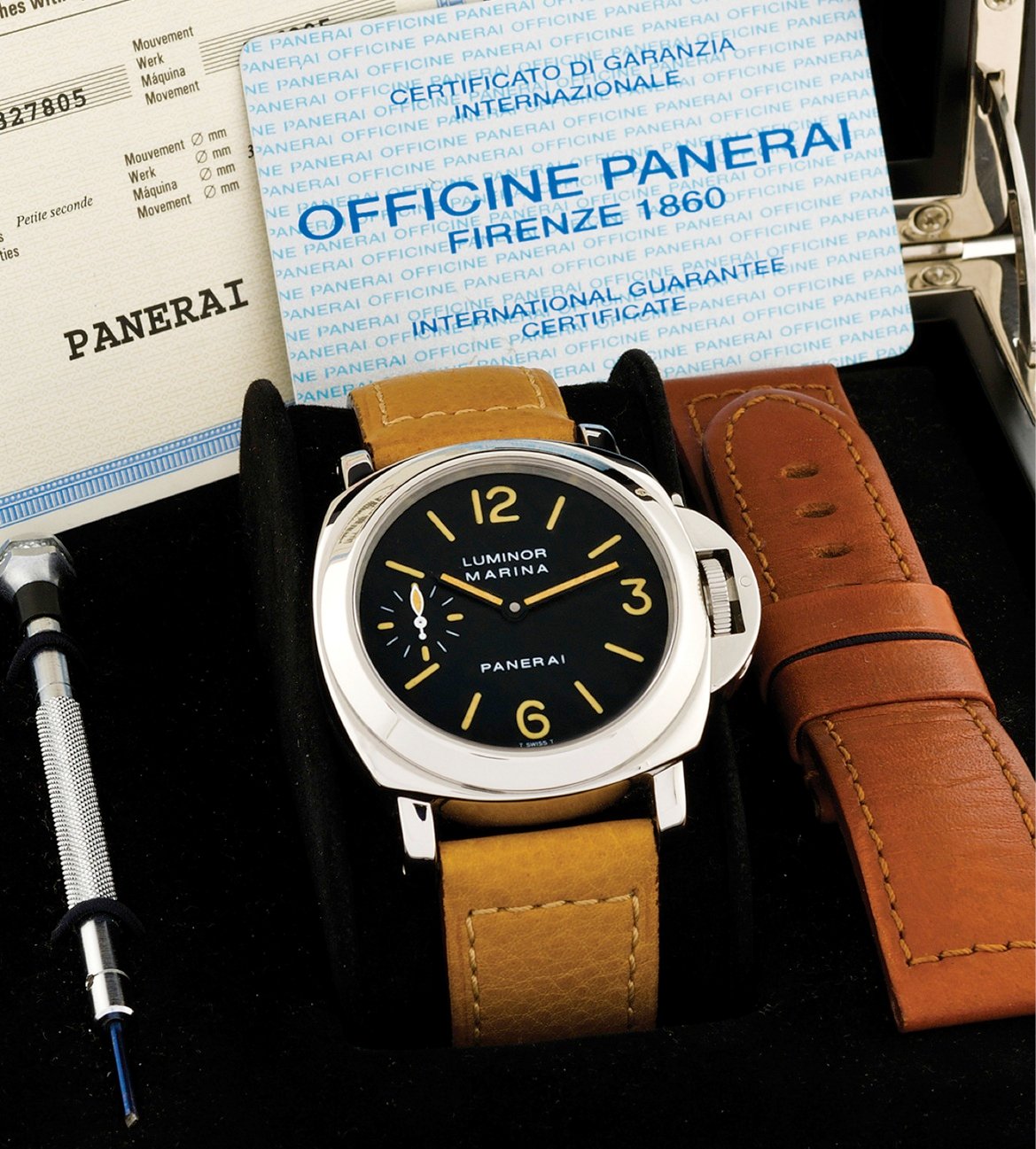I Want To Go Back To The ’90s — Who’s Coming With Me To Find Great Watches?
Melancholy can be described as a gentle sadness that feels good due to its connection to nostalgia, self-reflection, and the appreciation of beauty — in art and music, for instance, as well as in watches. The feeling of melancholy typically emerges in adolescence or early adulthood, which spans from the late teens to the mid-30s. This is a period of development and significant life transitions and milestones. If you were born in the 1990s, you would be between 25 and 35 years old today, meaning melancholy is no stranger to you. Why not roll yourself in nostalgia, return to the ’90s, and discover the watches from that era? Some of the all-time classics are the same age you are and are still within reach.
I want to return to the ’90s. Who’s coming with me to find great watches? I bet quite a lot of you will because Fratello’s audience is mainly between 30 and 59. This means many of you were born in the ’90s or remember that era very well. In both cases, the 1990s can have significant meaning to you. In my case, the decade means discovering the world of mechanical watches. I think about that period with great fondness and nostalgia because it was more or less carefree.
I want to go back to the ’90s and buy myself two IWC watches
What happened in the ’90s influenced my present. For instance, my love for IWC watches originates from that period, and I still feel connected to the brand. That means I’m often very/too critical about IWC novelties due to my deep fondness for the Schaffhausen-based brand. It won’t come as a surprise that when I return to the ’90s, I want to be able to buy not one but maybe even two IWC watches from that era.
Yes, as a student, I was impressed by the 1994 IWC ref. 3705 “Black Flieger” chronograph. The black ceramic pilot’s watch was and still is very cool. But it’s also a bit of an obvious choice. It’s a watch I would pick in hindsight with the knowledge I have gathered over the years. Back then, I found two other IWC timepieces much more attractive. The first one is the 1992 Doppelchronograph ref. 3711. The watch was the biggest and baddest of a great trio, which consisted of the Fliegerchronograph refs. 3741 and 3706 and the Doppelchronograph ref. 3711. The 3741 was the smallest of the lot, outfitted with an innovative Jaeger-LeCoultre meca-quartz caliber 631. The 39mm ref. 3706 used a sturdy Valjoux 7750.
The beastly Doppelchronograph
However, the Doppelchronograph ref. 3711 was a much more complicated “beast” of a watch. The brushed steel 42 × 16.2mm case housed the first automatic split-seconds chronograph on the market. Caliber A/79230’s innovative design includes a highly delicate module on top of a Valjoux base, which enables the user to mechanically measure two events simultaneously or an unlimited number of intermediate times.
IWC produced around 3,200 Doppelchronograph ref. 3711s until the brand switched over to making the ref. 3713 in 1996. The latter was different: it had a flat sapphire crystal, and the former tritium on the stick hands and markers eventually made way for Super-LumiNova. But when you look closely at the Doppelchronograph ref. 3713 in the pics, you will notice beige tritium. This particular 3713 is a “transition” model without a domed crystal but with tritium on the dial. IWC ceased production of the ref. 3713 in 2005.
I wanted a Doppelchronograph badly, but the price of 10,000 guilders always stood in the way. On Chrono24, you can find a ref. 3713 for around €5,000. The much rarer ref. 3711 is also way more expensive, unfortunately.
What about an IWC UTC ref. 3251 instead?
Another IWC from the ’90s caught my attention — the innovative Pilot’s Watch UTC ref. 3251. This 1998 travel watch is synchronized with Universal Time, so you can read different times and dates worldwide and change the time and date with the crown. The 39 × 13.5mm steel watch displayed a second time zone in the form of a rotating 24-hour disc, and up until 2003, the UTC was powered by the automatic ETA 2982-based caliber 37526. The foundation of the watch is a robust ETA, but the 24-hour/date module with additional gears on top is an original IWC construction. It was a delicate construction with some issues, so IWC updated the system, and as of 2003, the UTC models were outfitted with caliber 30710, which needed fewer parts to do the same job.
There are plenty of UTCs on Chrono24, but not many have the original sober dial. Most you’ll see are post-2005 models that are part of the Spitfire lineup and have more elaborate dials.
An era of movement innovation
You might not associate the 1990s with movement innovation, but watchmakers in that decade produced many significant inventions and evolutionary steps. Seiko debuted Spring Drive in 1999, a hybrid movement that the brand put in the very hard-to-find SBWA001. This is a grail watch for many since only 500 pieces of the first Spring Drive watch were ever made.
While probably not a grail watch, the Seiko SKX007 is indeed an “origin watch” for many, including my colleague Daan. This watch served as a gatekeeper for many current watch enthusiasts. The 42.5mm watch debuted in 1996 as an entry-level yet ISO-compliant 200m-rated dive watch, and with its Hardlex crystal and plenty of lume, it found its way onto many wrists and hearts. There are many alternatives to this discontinued watch, but why not look for the OG? Good examples are still out there.
The same is true of Omega’s Co-Axial escapements. The escapement invented by George Daniels in the 1970s made its industrial debut in 1999 inside a limited-edition Omega De Ville. That watch is very difficult to find, but if you want an important Omega watch from the 1990s, there are many to choose from, even though they won’t have a Co-Axial escapement.
The Omega Seamaster Professional 300M — an undying 1990s icon
When I look at a current Seamaster Diver 300M — even the very contemporary Seamaster Diver 300M ref. 210.30.42.20.06.002 “Silver Surfer” — I see and feel the ’90s. I also see Pierce Brosnan as James Bond in the 1995 film GoldenEye, wearing the Seamaster Professional 300M ref. 2541.80. That is a cool watch, but the Seamaster he wore two years later in Tomorrow Never Dies is not just cooler but also better. Why? Because that Seamaster Professional 300M ref. 2531.80 is also a great statement of ’90s design, plus it is outfitted with an automatic movement. There are plenty of these characteristic dive watches still around. They have a fresh and timeless look because their updated versions are still in production. Look at Chrono24 to see for yourself. Please also note the affordable prices.
If you want something funkier and are not a mechanical-movement purist, the Speedmaster Professional X-33 ref. 3990.50, also known as the 1st Generation X-33, might be for you. It has that geeky, futuristic, gadget-like quality I liked as an adolescent. This watch was also used during the 1998 Space Shuttle STS-89 mission, giving it a lot of credibility. The X-33 is a perfect watch for those who dreamed about becoming an astronaut in the ’90s.
More funky stuff
The Zenith El Primero Rainbow Flyback Chronograph ref. 02.0480.405 is just as funky as the X-33, but it’s 100% mechanical. This 1997 original could brighten up your day and watch collection 28 years later. Zenith presented the 40 × 12.6mm El Primero Rainbow Flyback Chronograph during Baselworld 1997. It was a watch for civilians, designed for the military. The watch came out with the automatic El Primero caliber 405 on board. The name Rainbow seems to be linked to the chronograph’s minute counter, showing aeronautical sector colors and different red details, but it isn’t.
To cut a long story short, the name Rainbow stems from the sailing boat that won the 15th America’s Cup in 1934. Zenith used the Rainbow name for a series of waterproof 40mm sports chronographs that debuted in 1992. Though this model is quite colorful, the name has nothing to do with the colors on the dial. The Rainbow I would chase is the 1997 one, not the one from 1992.
Also from the ’90s
As mentioned, the 1990s gave birth to some very influential watches. Rolex originally introduced the 40mm Yacht-Master in 1992, for instance. Ref. 16628 debuted in 18K gold, had a white dial, and housed the caliber 3135. The shiny Yacht-Master is a fine example of ’90s watch design. It walks the fine line between ghastly and gorgeous with a self-assured swagger. Two years later, something a bit more classic and sophisticated came out in Germany. The 1994 Lange 1 is a landmark watch. Not only is it the most recognizable watch ever created by A. Lange & Söhne, but it also marks the rebirth of German high-end watchmaking.
In 1996, Patek Philippe introduced the first wristwatch with an annual calendar, but you won’t find the historically relevant ref. 5035 for a steal. The same goes for the first Aquanaut, which debuted in the same year.
Also in 1996, Chopard presented its first in-house movement, the caliber 1.96. This meticulously finished, COSC-certified, Geneva Seal-bearing micro-rotor movement was met with high praise from connoisseurs. Chopard put its new movement inside the L.U.C 16/1860, the first watch in the newly created L.U.C collection named after founder Louis-Ulysses Chopard. You probably think this timepiece is way out of reach, but looking at Chrono24 will tell you another story.
Following Vendôme’s (Richemont) acquisition of Panerai in the spring of 1998, the brand debuted at SIHH 1998. During the watch salon in Geneva, it released the A and B Series Luminor and Luminor Marina models. The characteristic Luminor debuted in the final years of the ’90s to dominate the early 2000s. However, it’s still a 1990s watch and a strong example of why I want to go back to the ’90s.
A Panerai for a priest
I remember looking at the massive 44mm Luminor Marina PAM 00001 at a watch dealer in Antwerp, feeling in awe of its size, sturdiness, and simplicity. I didn’t buy it. Why? Maybe the shop owner told me he sold one of these novel watches earlier that week to a priest who wanted a big watch he could easily read. I want to go back in time and buy it, but going online today to find a PAM 00001 with an original Tritium “T Swiss T” dial on Chrono24 is easier.
What would you buy if you could travel back in time to the ’90s? Let me know in the comments below.

